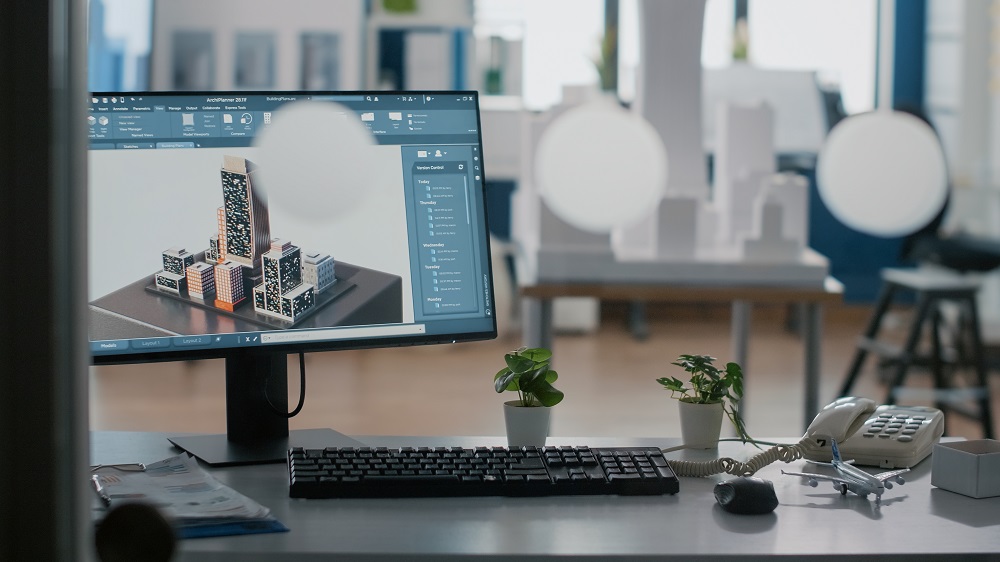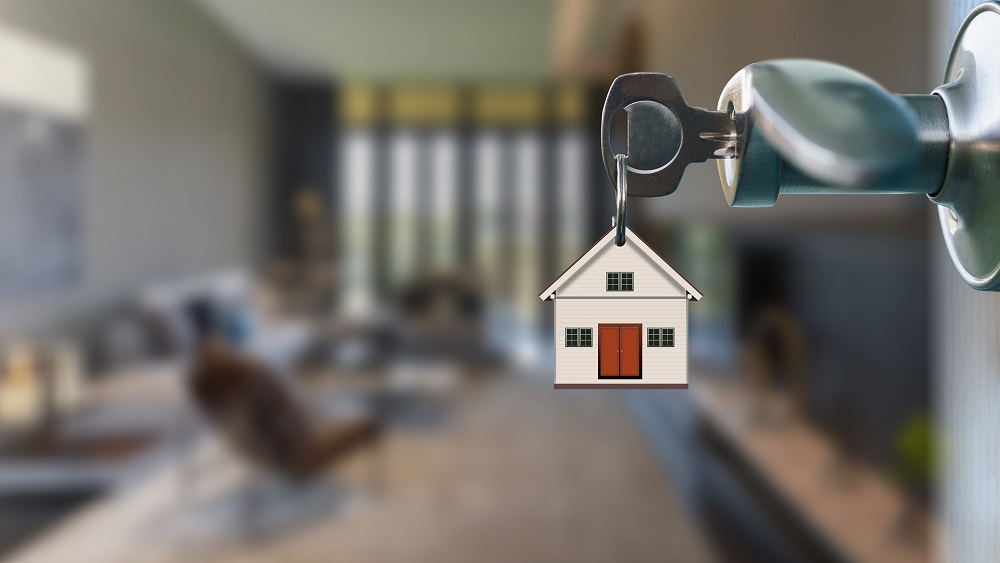The purchase of a home can often times be a time-consuming matter, each one of us have our own preferences when it comes to choosing a property, the house tours itself and estate agents. All of these factors also mean that the professionals in the field has to pick the right approach for each client and make it convenient for both parties. Nowadays there is a leverage to be seen in the field with Virtual Reality, VR, for real estate.
This means that with the help of Virtual Reality Real Estate agents can provide an immersive experience to their customers. This can be achieved through VR headset, or, in the case of Augmented Reality with the help of a smartphone or an iPad. This can help the buyers to see the place without actually being there, or before construction completion.
We present to you 5 ways you can use VR for Real Estate

Let’s look at 5 creative ways to use VR for real estate. This field also needs a technological touch in its marketing. We point out some ideas.
1) Virtual reality showcases
Usually contacting a real estate agent, agreeing on a day to meet where both parties agree on a date and time to view a property can be complicated at times and is also time consuming, specially is the property is very far away from the clients. But it can be solved with technology.
Virtual Reality and Augmented Reality can save your business money and clients’ time. With these tools clients will be able to visit multiple properties in one day from their own homes. There are two types of 3D virtual tours:
- Guided visits
These guided tours are very similar to promotional videos, but the difference is that with VR they are entirely virtual or 350° videos. These are very simple to produce, in fact you can create them with your phone, of course the results will be better if you use a panoramic camera.
- Interactive visits
In this scenario, clients are able to choose how they want to interact with space. This means that they can choose where they want to move just with a click. These are much more complicated to create but it makes clients feel a lot more immersed in the property that with the videos.
2) Virtual staging
It’s proven that clients are usually drawn to imagens and videos with furnished spaces, instead of empty ones. In fact, a staged home sells more and faster than a non-staged one. Of course, it’s easier for your clients to imagine themselves living in a space when its seen well furnished, that is how VR works in this case, it can transform an empty space property into a well-rounded and cozy home.
3) Architectural visualization
In case the property is not built yet, can represent a real challenge for real estate agents to make a sell out of it. But here is when VR and AR comes into place: with these tools buyers can preview a complete architecture where there is currently a piece of empty land. So, by taking a sneak peak of how it will look like when the construction works are over, it can help clients to determine if the property is worth the investment.
4) Virtual commerce
This one is closely related to the virtual staging point of this article. If your client is viewing the staged home and has decided to buy some of the items, with virtual commerce it’s now a possibility. The clients would also be able to change the environment according to their tastes and add then to their tour and make it customizable and personal.
5) Transformation of the design process
Architects and designers can now use VR and AR to test and visualize their designs, also they are able to collaborate with stakeholders, all of this in a virtual environment. These tools make it possible for them to tailor de designs as the project develops, which means that it will reduce costs in the long run and can as well help identify problems and errors earlier in the design process. Another great advantage is that it can help making easier to communicate complex concepts to the clients.
Do you want to open this door? We can help you in Stringnet

Virtual Reality and Augmented Reality are slowly becoming trendy among real estate agencies. Since it saves time from all parties and the virtual tours can be available 24/7 many possible buyers prefer this modality. VR and AR is increasingly playing and important role in the real estate industry, changing the marketing and sales in the field. So, it seems likely it will make a big impact on the industry.
In Stringnet we are aware of that, that’s why we are experts in the field of VR and AR and are here to help you get your customers the property of their dreams.


